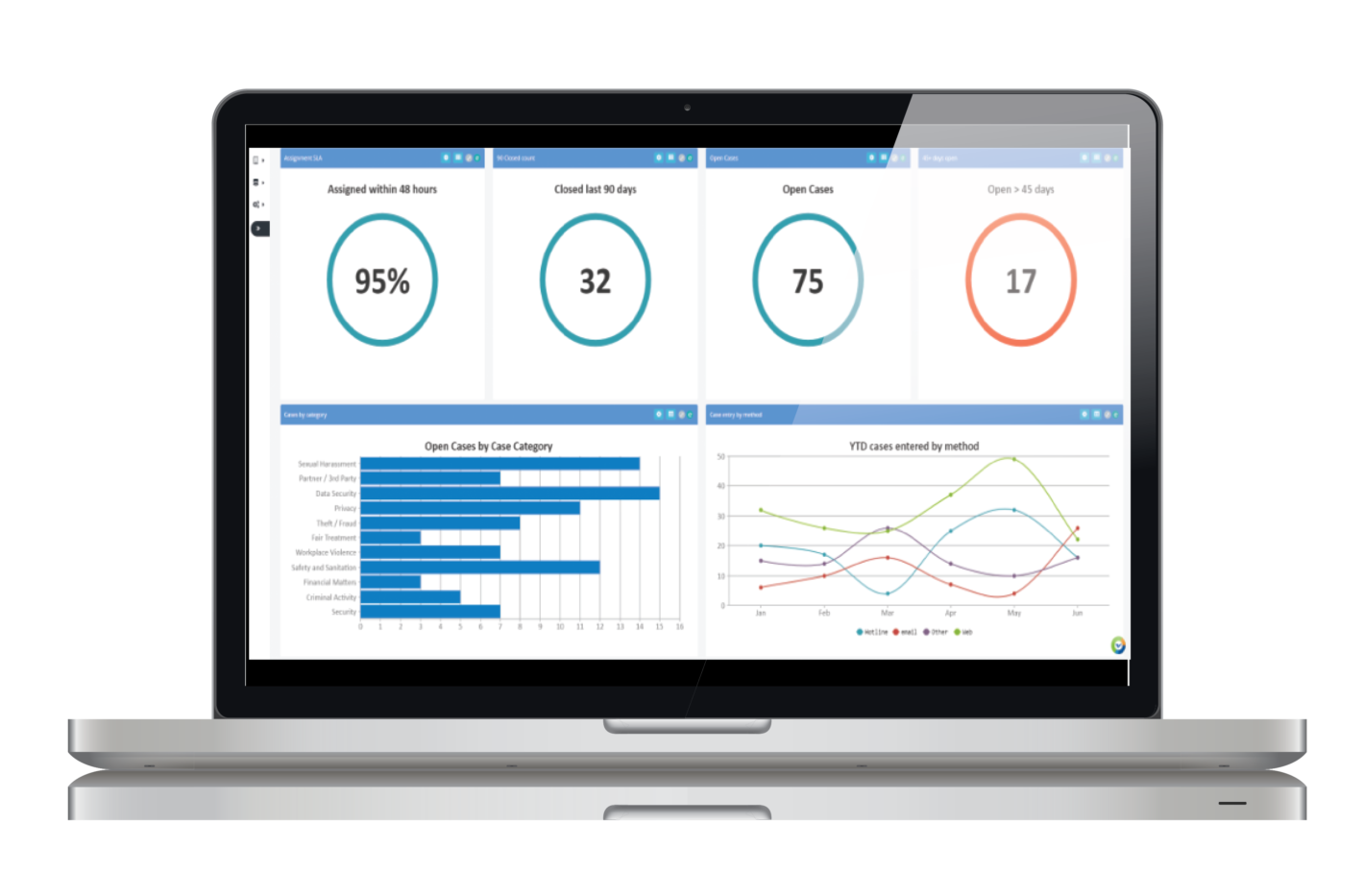Countless regulatory compliance and business ethics issues boil down to a single cause: conflicts of interest. Conflicts of interest can eat away at a business’s competitive edge, which is why you need to be able to find and remediate conflicts before they start.
Effective compliance programs can put employees at ease when they need to report conflicts as well as empower boards to navigate the ever-changing business landscape. But the more conflicts your organization faces, the harder it is to manually manage them. Conflict of interest software can help you scale your conflict of interest programs and retain the oversight you need to learn from each and every conflict.
In a recent guide, we detail what it takes to effectively implement COI software. What follows are key takeaways from that guide on what to expect from your conflict of interest software and how to incorporate it into your existing compliance practices.
Important Features for Conflict of Interest Software
COI software is the infrastructure of an effective compliance program. If you’re inundated with conflicts that ultimately end up in a filing cabinet, you aren’t adequately protecting yourself or your organization against those conflicts. Conflict of interest technologies can clear those bottlenecks by automating the processes where you might get otherwise hung up.
Software Should Be Scalable
You should look for technology that’s both cost-effective and scalable. Technology that can effectively scale will offer features like targeted campaigns to generate interaction within your organization and an automated review process for disclosures that don’t carry a potential conflict.
Look for Organizational Oversight
Technology should also be a path to total oversight for compliance officers and their boards. Features like pre-packaged templates and workflows and a test environment to vet processes before deploying company-wide can ensure efficacy at the start.
3 Steps for Implementing Conflict of Interest Software
Start by reviewing your current conflict of interest program. Familiarizing yourself with every step of the process might reveal areas that could be made more efficient using technology. An effective conflict of interest program should identify and remediate conflicts and keep track of how those conflicts were resolved, so understanding how you’re accomplishing those tasks now will make it easier to integrate a software solution.
A successful solution should support the following conflict of interest processes:
1 – Disclosure Submission
Employees should be able to submit their disclosures quickly and easily. If your disclosure submission process is anything other than simple, start here to implement your software solution. Your technology should have built-in features that can make forms more accessible to all of your employees.
Start by utilizing branching logic forms, which adapt based on an employee’s responses. Information can also be saved and carried over from previous forms, making it easier for employees to maintain their compliance over time. You can also implement a single sign-on option so employees can access your conflict of interest software no matter where and when they encounter a conflict.
2 – Disclosure Review
Disclosure review is a critical step in any effective conflict of interest program, yet it’s one where compliance officers can easily become overwhelmed—disclosure submissions pile up quickly and real conflicts can be obscured by more benign reports. Technology can automate much of the review process so you can focus on the remediation steps that software can’t handle.
Start by setting thresholds which guide your system in identifying conflicts in real time. Once you start receiving pre-categorized conflicts, you can also implement automatic reminders that can escalate conflicts to supervisors on your compliance team. You can even utilize integrations to verify disclosures, so you can tackle every step of the disclosure review process without ever lifting a finger.
3 – Case Management
Many conflicts get lost in the disclosure review process. The more disclosures a company attempts to manage manually, the more likely it is that they won’t be thoroughly investigated. COI software can take over case creation and review so every conflict is escalated appropriately.
Compliance officers can build mitigation processes into their software so it knows where to route each case based on the conflict type. From there, COI software can enforce sign-offs from all employees involved, ensuring that not a single case will go un-remediated. With more conflicts mitigated, software can also create a repository of all the documents and communications for each conflict, ready for review for internal learnings or even regulatory audits.
In Conclusion
Compliance doesn’t have to be complicated. Yet the COI process can grow more and more complex with every step simply because it has to be managed manually. COI software can streamline the most labor intensive parts of the COI process, leaving compliance officers and their boards free to remediate and learn from the conflicts that most often plague their business.
Familiarize yourself with your existing approach to COI management, then implement your conflict of interest software to create an easier, more accessible disclosure process for employees and compliance teams alike.
Download the full guide to learn more about implementing Conflict of Interest software within your own compliance program.
 Back to Insights
Back to Insights



